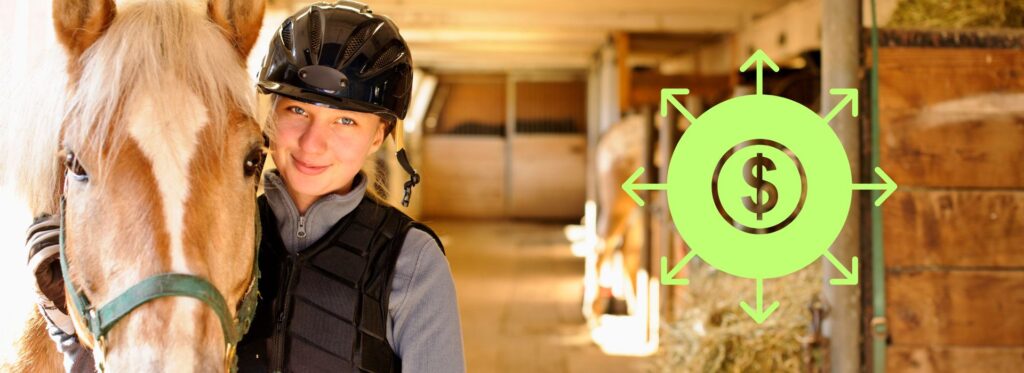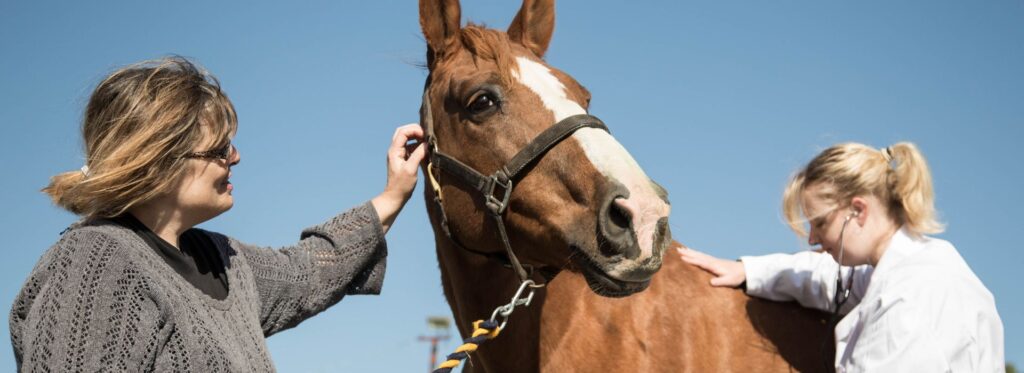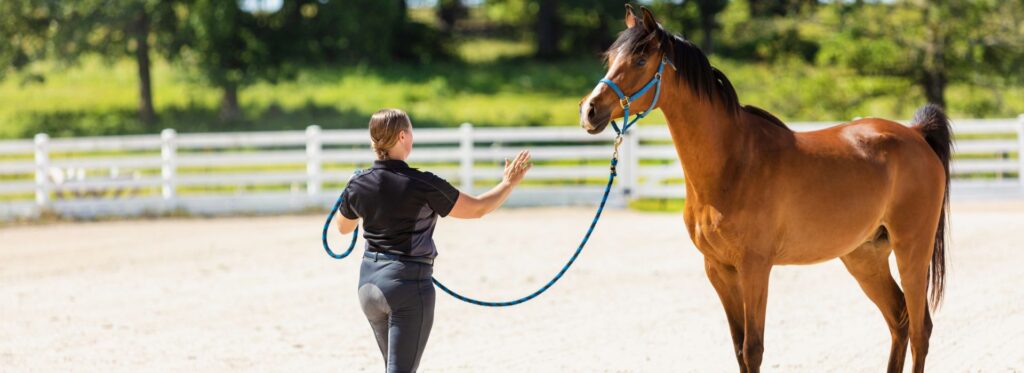So, you’re thinking about buying a horse. You’ve been scrolling through listings, imagining the wind in your hair, and picturing those trail rides. But hold your horses (literally) — have you thought about the real costs?
Sure, you know the sale price. But that’s just the beginning. Buying a horse is kind of like buying a used truck: it might look like a great deal, but the upkeep will sneak up on you fast.
Let’s walk through the hidden costs you need to know before signing the check. Because as much fun as horse ownership is, surprise bills aren’t part of the ride.
1. Vet Bills (Even When They’re Healthy)
You’re not just budgeting for emergencies. Even healthy horses need regular vet visits. We’re talking vaccines, deworming, Coggins testing, dental floats—you name it.
These things aren’t always advertised with the horse’s price tag. But they add up fast. Expect to spend $300–$600 per year just on routine care. If your horse gets hurt or sick? That number climbs quickly.
(Need a deeper breakdown? Check out The Cost of Owning a Horse: Understanding the Expenses over at MyHorseForSale.com.)
2. Farrier Costs
Those hooves won’t trim themselves. Most horses need their hooves trimmed every 6 to 8 weeks. If they wear shoes, that’s an added cost.
- Barefoot trim: $40–$70 per visit
- Shoeing (front only): $80–$120
- Full set of shoes: $100–$200+
That’s $600–$1,000+ per year, depending on what your horse needs and where you live. Let’s be real: your horse’s feet might end up better cared for than yours.
3. Tack and Equipment
You might think, “Oh, I’ll just buy a saddle off Facebook.” Sure. Until you realize it doesn’t fit your horse (or your rear).
A good starter tack setup might include:
- Saddle ($500–$2,000)
- Bridle and bit ($50–$300)
- Saddle pad, girth, halter, lead rope ($100–$300)
- Grooming supplies ($50–$100)
And this doesn’t include specialty gear like boots, blankets, or riding helmets. Over time, stuff wears out. You’ll upgrade. You’ll replace. It’s a bit like kitchen gadgets—you start with one thing and end up with a whole aisle.
4. Training or Lessons (For You or the Horse)
If your horse is green or has quirks, you’ll probably want a trainer. Or maybe you’re new and want lessons.
- Lessons: $40–$100 per session
- Monthly training board: $600–$1,200+
Even the calmest horse needs refreshers, especially if you plan to show, trail ride, or handle more advanced work. Training isn’t just for fancy competition horses—it’s for keeping your horse (and you) safe.
5. Boarding (If You Don’t Have Land)
Unless you’ve got a barn out back, your horse needs a place to live.
- Pasture board: $200–$400/month
- Stall board: $400–$900+/month
Some places include hay, grain, and turnout. Others charge extra for every little thing.
Read the fine print. You don’t want to find out after moving in that fly spray costs extra.
6. Feed, Hay, and Supplements
A hungry horse is a costly horse.
Hay prices change based on where you live, but expect to pay $100–$200+ per month. Add grain, salt, and maybe some supplements, and you’re easily at $150–$300 per month in feed costs.
And if your horse needs specialty feed? Add a few extra bucks. They eat better than most college students.
7. Emergency Funds (Because Stuff Happens)
Colic, abscesses, chipped teeth—whatever it is, it won’t wait. And vet bills for emergencies can start at $1,000 and go north of $10,000.
Many horse owners keep a savings fund or consider horse insurance. Want to learn how that works? We wrote a full guide on Horse Insurance and What It Covers.
8. Transportation Costs
Buying the horse is just the beginning. You still have to get it home.
- Local hauls: $1.50–$3.00 per loaded mile
- Cross-state or long-distance: $500–$1,500+
If you don’t have a truck and trailer, you’ll need to hire a hauler. Reliable ones book fast and cost more.
Also, anytime you need to move the horse later—for shows, new barns, or vet visits—you’ll need a plan (and a budget).
9. Insurance and Paperwork
Registering a horse, getting Coggins tests, microchipping, liability insurance—it adds up.
Even paperwork costs time and money. Some show circuits require proof of vaccines or specific vet checks.
And remember, if you’re leasing or selling later, having proper documentation makes life easier (and protects your investment).
10. Time and Sweat (Yes, That Counts)
This one’s free, technically. But worth mentioning. Horses take time. Feeding. Mucking stalls. Riding. Vet visits. Grooming. Fixing fences. Chasing them when they escape (you know it’ll happen).
If your schedule’s already packed, it might be worth budgeting for help or choosing part-time boarding care.
Horse ownership is a lifestyle—it’s not just a weekend hobby.
So What’s the Real Cost?
We’re not saying don’t buy the horse. We’re saying buy the right horse, with your eyes wide open.
Use the Horse Price Calculator to figure out what you should pay. Then look at all the extras we listed above. If it still fits your budget and your heart? Saddle up.
But if you’re not ready yet, that’s okay too. Better to wait than to get in over your head.
Final Thought
A horse can change your life. But so can unexpected bills.
Take your time, plan ahead, and don’t be afraid to ask experienced owners what they wish they’d known.
The joy of horse ownership is worth it—but only when you’re ready for all the costs that ride along with it.



